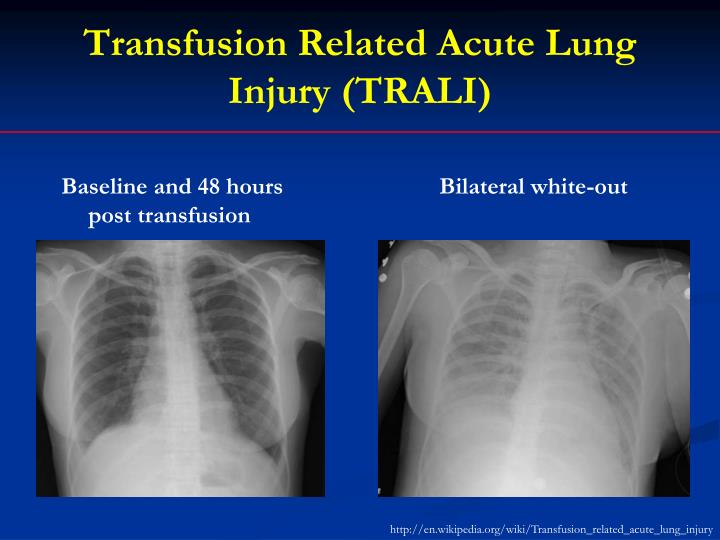
Alveolar overdistension is believed to degrade surfactant, disrupt epithelial and endothelial cell barriers, and increase cytokine levels and inflammatory cells in the lung. The end-inspiratory volume is the key determinant of this overdistension and clinically correlates best with the inspiratory plateau pressure. 17 Volutrauma is the overdistension of injured and normal alveoli. More current concepts focus on the morphologic and functional changes at the epithelial and endothelial surfaces occurring before clinical extra-alveolar air. Traditionally, barotrauma refers to air in extra-alveolar spaces such as pneumothorax and pneumomediastinum. 8 ALI is defined by a ratio less than 300 mm Hg, and 200 mm Hg or less is required for ARDS.Īn international consensus conference 16 recognized that mechanical ventilation with high airway pressures may produce lung damage. The distinction between ALI and ARDS is the degree of hypoxemia, 7 defined by the ratio of arterial oxygen tension to fractional inspired oxygen concentration (PaO 2/Fio 2), as shown in Table 1. The committee recommended that ALI be defined as “a syndrome of inflammation and increased permeability that is associated with a constellation of clinical, radiologic, and physiologic abnormalities that cannot be explained by, but may coexist with, left atrial or pulmonary capillary hypertension.” 7 Exclusion of left atrial hypertension as the primary cause of hypoxemia is critical to this definition, and measurement of pulmonary capillary wedge pressure may be necessary.

The term acute lung injury (ALI) was also introduced at that time. The American-European Consensus Committee on ARDS standardized the definition 7 in 1994 and renamed it acute rather than adult respiratory distress syndrome because it occurs at all ages.

Death usually results from multisystem organ failure rather than respiratory failure alone.īefore 1992, the acronym ARDS represented the adult respiratory distress syndrome. During the past decade, mortality has declined from more than 50 percent to about 32 to 45 percent. In refractory cases, advanced ventilator and novel techniques should be considered, preferably in the setting of clinical trials. Complications such as pneumothorax, effusions, and focal pneumonia should be identified and promptly treated. Various medications directed at key stages of the pathophysiology have not been as clinically efficacious as the preceding experimental trials indicated.

Timely correction of the inciting clinical condition is essential for preventing further injury. A low tidal volume and low plateau pressure ventilator strategy is recommended to avoid ventilator-induced injury. The management of acute respiratory distress syndrome frequently requires endotracheal intubation and mechanical ventilation. Provision of supplemental oxygen, lung rest, and supportive care are the fundamentals of therapy. Clinically, it is characterized by dyspnea, profound hypoxemia, decreased lung compliance, and diffuse bilateral infiltrates on chest radiography. Acute respiratory distress syndrome is a manifestation of acute injury to the lung, commonly resulting from sepsis, trauma, and severe pulmonary infections.


 0 kommentar(er)
0 kommentar(er)
